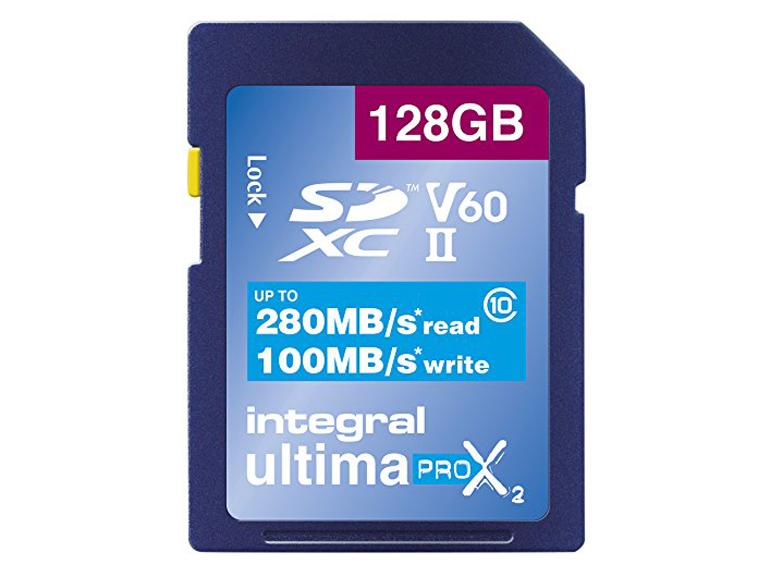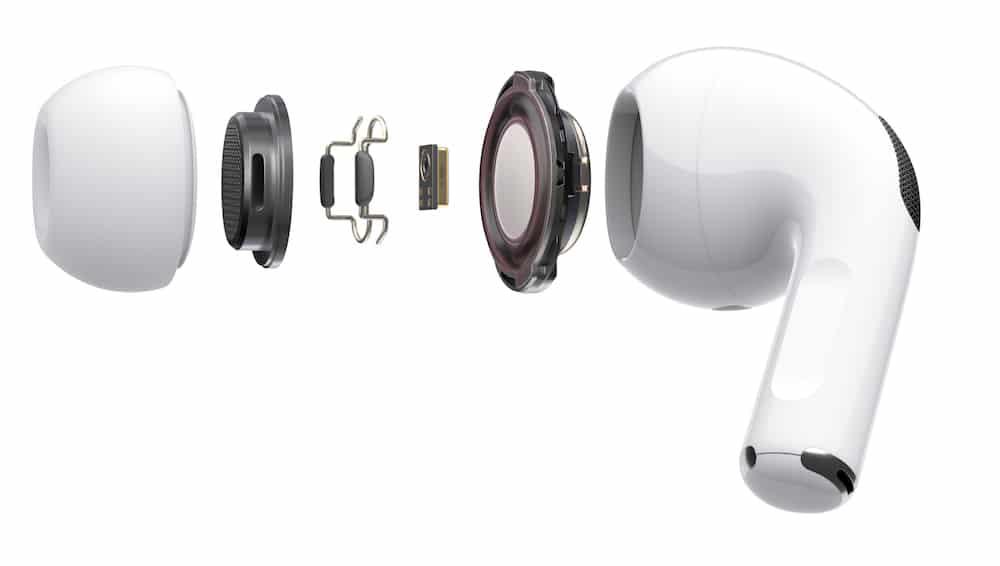5 reasons to buy a high performance, high capacity SD or microSD memory card
Article updated on 09/04/2018 - Choosing the memory card is not as easy as it seems. There are two main criteria: storage and performance, which have given rise to a new range of cards. Today, the most commonly used flash memory card format is SD (for Secure Digital), as well as its more small, the mini SD (almost disappeared today) and the micro SD. For each of these three formats, there are variations according to capacity: SD (128 MB to 2 GB), SDHC (2 GB to 32 GB) and SDXC (32 GB to 2 TB). Be careful, the formats are compatible in one direction, but not in the other: an SD card works on an SDHC reader, not the opposite.
A history of symbols
Memory cards are also distinguished by their performance, i.e. the guaranteed minimum read and write rate. To differentiate them, several means are offered thanks to the signage which is registered there. The most common is an even number surrounded by a C. These are "classes". There are four: 2, 4, 6 and 10. The bigger the number, the better the performance. The meaning is simple: class 2 for a write rate of 2 MB/s, class 4 for 4 MB/s, etc. But some time ago two more classes appeared, they are called UHS. These are classes U1 and U3. The first is equivalent to class 10, while the second offers rates of 30 MB/s.
Note that the indications are a guaranteed minimum. They do not express performance in real situations. Other signage, closer to real performance, is displayed on recent maps. It is a Roman numeral "I" or "II" which corresponds to the version of the interface. "I" corresponds to the UHS-I bus which offers up to 50 MB/s in writing and 104 MB/s in reading. "II" responds to the UHS-II bus which offers three times better performance. If no numbers are present, the card relies on an earlier bus with a maximum performance of 25 MB/s.
Finally, there is one more class type (it really is the last one, I promise), and it's the newest one so far. These are the video speed classes, materialized on the cards by indications such as "V30", "V60" or "V90". These classes are intended for videographers of course. This is their meaning:
A history of prices

The price of a memory card varies from a few euros to more than a hundred euros. The price increases not only according to the capacity, but also according to the class and the speeds supported. We have selected a few SD cards offering excellent write and read speeds on three storage capacities, 32, 64 and 128 GB. In our selection, the SanDisk Ultra SDHC (32 GB - C10) is the "quality" choice. /price" while the Kingston Canvas React SDXC 64 GB (U3 - V30), Integral Ultima Pro X2 SDXC 128 GB (V60 - UHS-II) or Integral Ultima Pro X2 High Endurance SDXC 64 GB (V90 - UHS-II) will speak to demanding users.
For smartphones and/or action cams, it will be necessary to opt for a card in microSD format. Note that these cards are supplied with an SD card adapter, making their uses more flexible and versatile. Versatility and compactness that come at a price, these microSDs are significantly more expensive than SD cards. We have selected the best on the market, still in 32, 64 and 128 GB. The 200 GB and 256 GB microSD cards are aimed at very heavy consumers of content, or those who wish to capture long video footage in UHD / 4K. There are also larger capacities but there, you will really have to break the bank. All these cards are based on flash memory technology. While this format is less sensitive to shocks than a conventional mechanical hard drive, it remains sensitive to temperature, humidity and magnetic fields. The number of write and erase cycles is limited and some cards do not handle wear well. This exposes your content to the risk of deletion. It should therefore not be forgotten that a memory card is a temporary storage space. However, these are minimal risks which should not prevent you from investing in a high performance card if your uses require this type of support. Here are five reasons that should be enough to convince you:I - Photo weight
If you have invested in a DSLR, you may have chosen to configure your camera to save your photos in RAW format, and this type of file is heavy, very heavy. The operation of a camera is particular: when the sensor engages, it captures the light in a very short time, analyzes the information and transfers it directly to the memory card. This process is extremely demanding on the card. If it does not write the information sent by the image processor fast enough, some information may be missed. Which will corrupt the photo and make it unusable.
II - Burst mode speed
Still in the field of digital photography, you must therefore have a burst mode. Even though each photo is saved in JPG format, the way a camera works remains the same: the image processor sends all the images to the card. The flow must therefore be sustained and sufficient for each photo.
III - New video formats, new needs
In video, a high performance card is just as important. The task becomes more and more difficult as the definition of the image and the frame rate become more important. The information rate of a Full HD video is between 10 MB/s and 40 MB/s depending on the image quality, the content and the refresh rate. In 4K / Ultra HD, the speeds are doubled, even quadrupled. For these definitions in video, a "V" card or at least UHS is highly recommended. There is also a risk here of losing entire sequences. If part of the file is corrupted, the whole movie is unusable.
IV - Access and work on your images more quickly
Once the video has been produced, you may want to edit or cut it directly on your smartphone or your APN. Here again, the read and write speeds are important, first for a question of time, each operation monopolizing resources, then for a question of autonomy.
V - Who can do more, can do less
Watching Full HD and 4K video is generally easier for a memory card because read speeds are always higher than those in writing (the ratio is approximately 1 to 2). Do not forget, however, that the speeds for watching a video in Full HD can reach several tens of MB/s. If the card is too slow, you will experience jerks on the screen which will make viewing difficult.



![PAU - [ Altern@tives-P@loises ] PAU - [ Altern@tives-P@loises ]](http://website-google-hk.oss-cn-hongkong.aliyuncs.com/drawing/179/2022-3-2/21584.jpeg)

![Good deal: 15% bonus credit on App Store cards of €25 and more [completed] 🆕 | iGeneration Good deal: 15% bonus credit on App Store cards of €25 and more [completed] 🆕 | iGeneration](http://website-google-hk.oss-cn-hongkong.aliyuncs.com/drawing/179/2022-3-2/21870.jpeg)





Related Articles